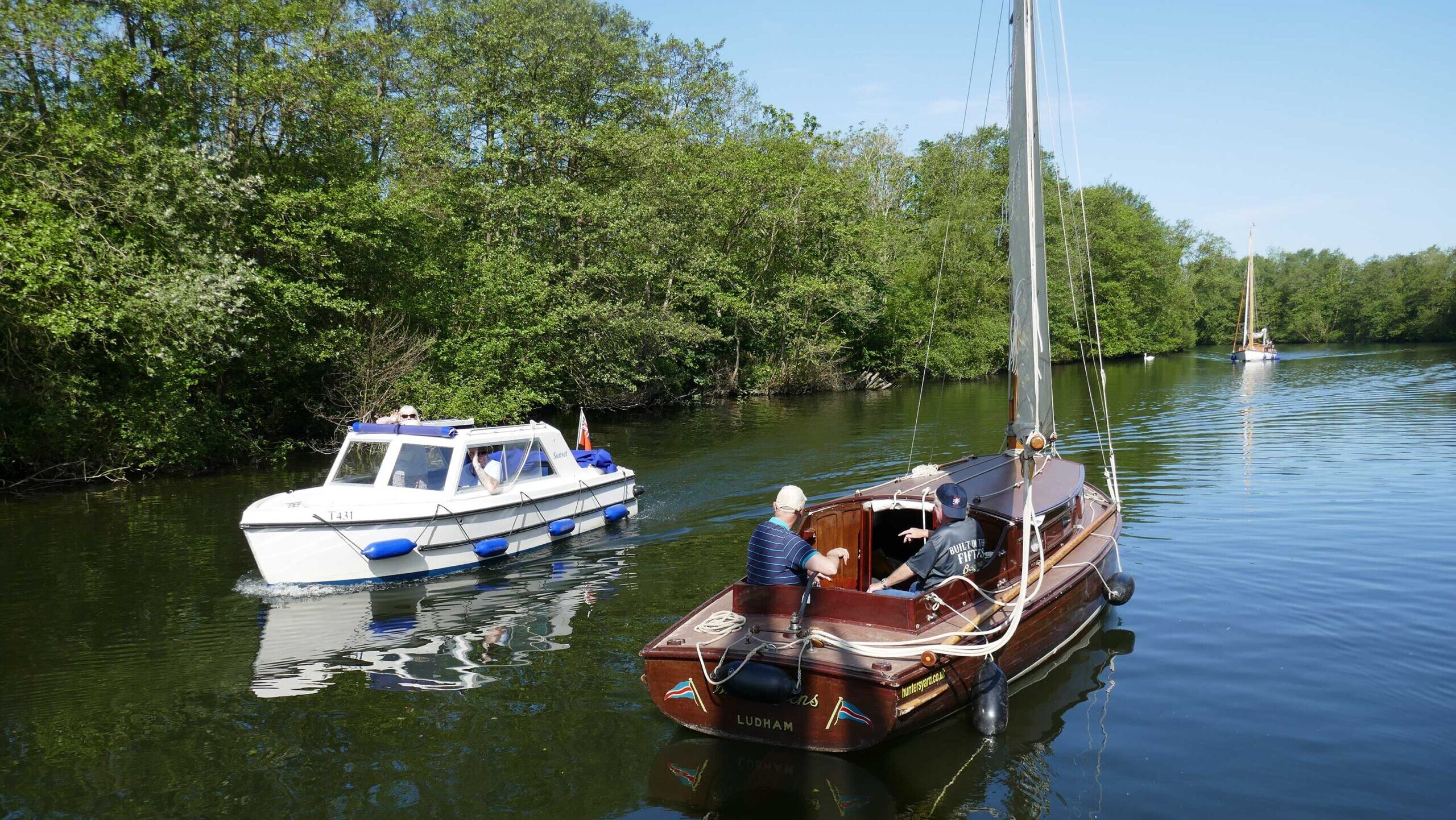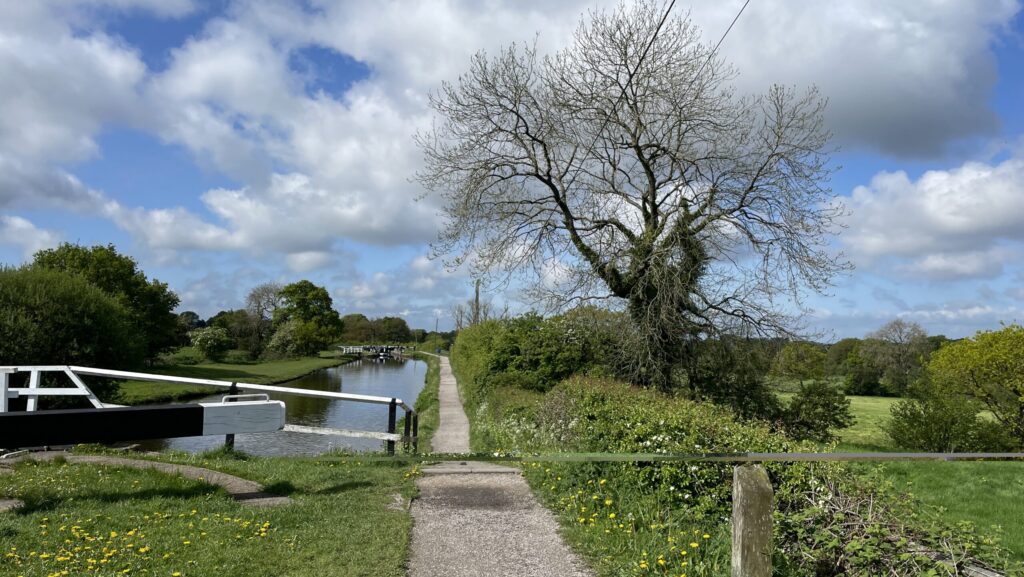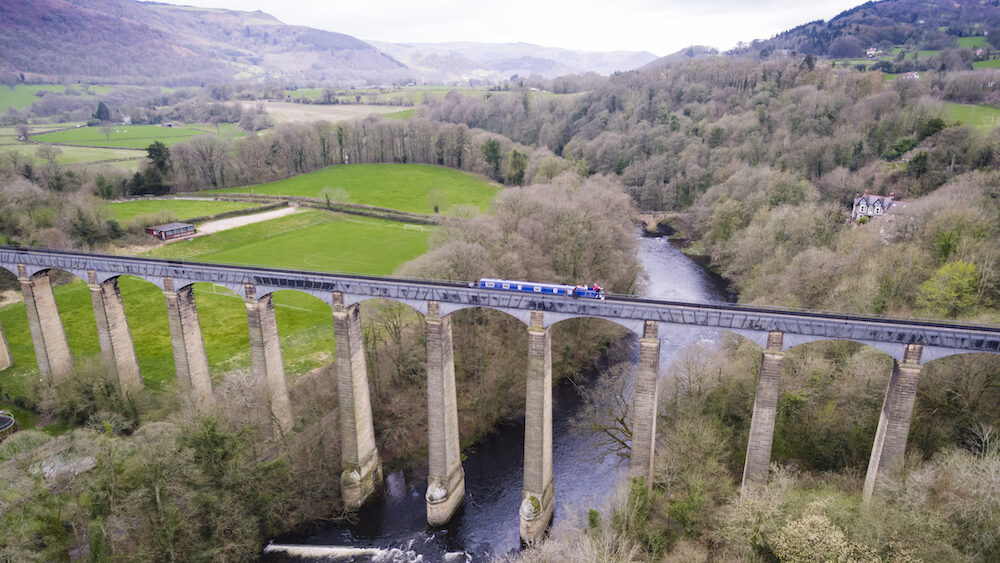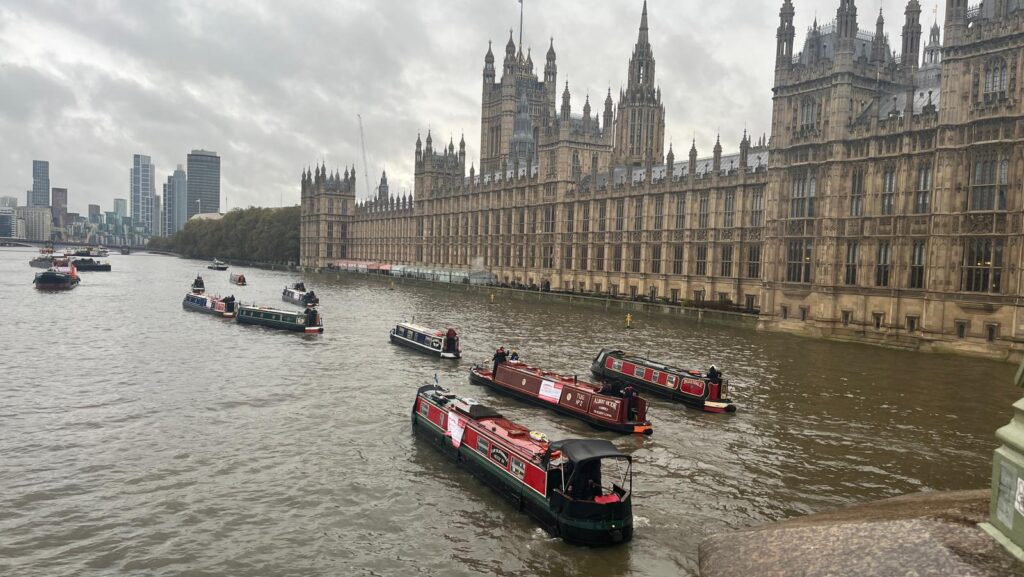
The Inland Waterways Association (IWA) reports that three quarters of Britain’s canals face financial insecurity, as navigation authorities deal with reduced funding and increasing climate-related pressures.
New mapping produced by the organisation indicates that 99 per cent of the country’s 5,000-mile network of canals and navigable rivers is expected to experience higher winter rainfall and greater susceptibility to drought in summer.
The map has been published following the Climate Change Committee’s recommendation that the government prepares for a 2°C increase in temperature by 2050. It highlights that most waterways are managed by authorities with limited financial resources, and that no area is expected to avoid a rise in winter precipitation or the effects of summer water shortages. Waterways in the Pennines and Midlands are expected to be particularly affected, with reservoirs that support canal levels likely to face increased strain.

Britain’s canal and river network includes 2,700 miles of connected waterways across England and Wales. These waterways support navigation, tourism and commercial activity, and serve as corridors for wildlife and public access to nature. According to the IWA, they contribute to economic activity and are linked to more than 300,000 jobs.
The organisation also references estimates that the health benefits of waterways use save the National Health Service over £1.1bn each year. Around 80 per cent of local authorities have a waterway or a waterway restoration project within their area.
Charlie Norman, IWA’s director of campaigns, says: “Right now, Britain’s matchless canal and river network faces a perfect storm of underinvestment and climate risk.
“Our findings paint an alarming picture of vital national infrastructure under increased strain. Decades of erratic government support, along with more frequent extreme weather events, have left many waterways vulnerable to breaches, closures and mounting maintenance costs. This year’s drought led to the closure of dozens of canals across the country, affecting wildlife, tourism, businesses and people living on the canals.
“Without intervention, the network, a cornerstone of the UK’s industrial heritage, providing leisure and tourism destinations for millions, as well as green corridors for wildlife, faces irreversible decline by 2050.”

Mapping based on Met Office climate projections shows that increased winter rainfall is expected across the network under a 2°C global temperature rise. In southern regions, rivers, including the Thames, were closed to navigation for several months due to flooding, affecting local businesses and users. Many major rivers in England, such as the Thames, Nene, Great Ouse and Medway, are managed by the Environment Agency, which faces reduced maintenance funding.
Rising winter rainfall has already affected infrastructure. The IWA notes incidents such as the Bridgewater Canal breach on New Year’s Day 2025, along with damage on the Huddersfield Canal and Calder & Hebble Navigation.
Following the driest spring on record in 2025, drought conditions persisted through the summer. The Leeds & Liverpool Canal was largely closed from May due to low water levels. The Midlands, with its dense concentration of canals and reservoirs, is also expected to experience increased water shortages.
The IWA currently categorises only 25 per cent of waterways as financially stable. The remainder face ‘moderate to severe’ funding challenges.
Charlie Norman continues: “This is why IWA calls on the government to undertake a review of Britain’s inland waterways, with the goal of creating a long-term investment plan.
“Some aspects of our unique, built environment are assumed to automatically happen. That seems to be the case with our waterways network: they are rightly cherished but there is a dangerous assumption that they are magically self-sufficient. They are magical, but they don’t just happen.
“We want a network that is well-maintained, accessible and alive. This includes the management of the system as a whole and more localised action, for example, where waterways heritage is concerned lest it fall through the gaps of heritage protection.
“Improved infrastructure can attract new businesses and enhance the experience of all who use them. Waterways also play a very important role in mitigating the effects of climate change by cooling our cities, transferring water, providing active travel routes and supporting biodiversity.
“November’s budget is the perfect opportunity for the chancellor to signal investment now so we can strengthen this vital, historic network to prevent structural failures, water shortages, navigation stoppages and heritage loss. The case for action is clear: protect and invest today, and our waterways will continue to serve communities, nature and the economy for generations.”

The Fund Britain’s Waterways campaign, which aims to raise public and governmental awareness about the vulnerability of the UK’s inland waterways network, launched a campaign cruise series in Doncaster on 29 March 2025, followed by a 26-boat flotilla on the Thames in London on 7 May. On 25 June, different flotillas took various northern routes to meet for a record-breaking mass crossing of The Wash from Boston to Wisbech. Two of the original boats from those flotillas also took part in a River Cam cruise in August to highlight the ongoing funding crisis.
The post 75% of Britain’s waterways face financial peril amid climate and funding pressures appeared first on Marine Industry News.

